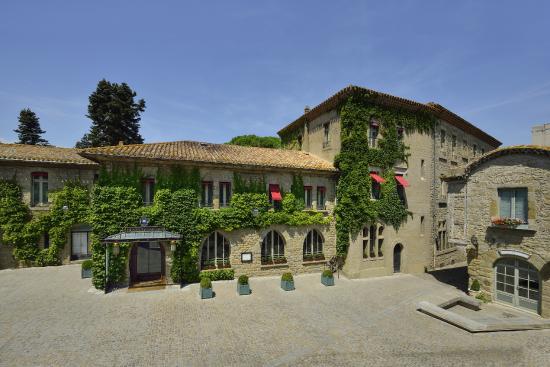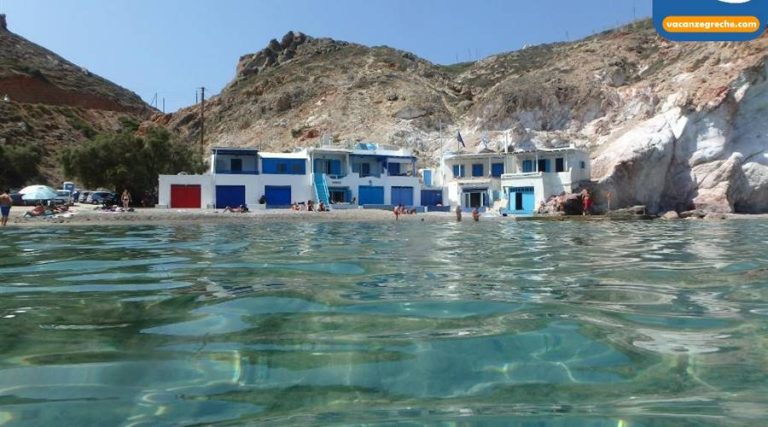Hotel cathar country
- Château des Ducs de Joyeuse in Couiza: This hotel is a beautifully preserved château, offering a 3-star experience with historical ambiance. It’s located in the Aude department, providing a serene setting by the Aude River with views of the surrounding Pyrénéen hills. It’s ideal for those wanting to immerse themselves in the mystery and history of Cathar Country.
- Hotel Montmorency near Carcassonne: Situated in the heart of Cathar Country, this 3-star hotel offers luxury accommodations with a wellness space and gourmet cuisine. It’s close to Carcassonne’s medieval city, a UNESCO World Heritage site, making it perfect for exploring both history and nature.
- Hotel Octroi in Carcassonne: A 3-star hotel known for its colorful decor and warm atmosphere, located close to the medieval city of Carcassonne. It provides a modern touch while being in the heart of Cathar history, with amenities like a spa and pool for relaxation after a day of castle-hopping.
- Hotel Mercure Carcassonne La Cité: Recommended for those starting or ending a road trip in Cathar Country. This hotel offers free private parking, air-conditioned rooms, and a garden with a swimming pool, providing fantastic views over the walled city of Carcassonne.
- Hôtel du Pont Vieux in Carcassonne: Perfectly located between the medieval city and the Bastide St-Louis, this hotel offers 19 air-conditioned rooms with contemporary style, making it an excellent base for exploring the castles and abbeys of Cathar Country.
- Hotel Le Floréal Carcassonne: Noted for its proximity to hiking trails that lead to the Cathar castles, this hotel provides a journey back in time with its ambiance and the surrounding landscape.
- Dualism: Catharism was a form of Christian dualism, believing in two gods – one good (the spiritual world) and one evil (the material world). They saw the material world, created by Satan, as inherently corrupt.
- Reincarnation: They believed in reincarnation, seeing it as a means to purify the soul until it could return to the spiritual realm.
- Simple Life: Cathars led austere lives, rejecting the materialism of the Catholic Church. They had two groups: the “Perfects” (who adhered strictly to Cathar practices, including celibacy and vegetarianism) and the “Believers” (who lived normal lives but supported the faith).
- Spread: Catharism spread in the 12th and early 13th centuries, particularly in the Languedoc region, where it found fertile ground due to dissatisfaction with the Catholic Church’s corruption and wealth.
- Cultural Patronage: Many nobles in the area, like the Counts of Toulouse, protected Cathars, allowing the faith to flourish. This era saw a cultural renaissance with troubadours, poetry, and troubadour love songs.
- Papal Response: Pope Innocent III, alarmed by the spread of Catharism, declared a crusade against the Cathars in 1209, known as the Albigensian Crusade, named after the town of Albi, a Cathar stronghold.
- Sieges and Massacres: The crusade was marked by brutal sieges, massacres, and the razing of towns. The most infamous event was the massacre at Béziers in 1209, where the entire population was killed.
- Simon de Montfort: The French nobleman Simon de Montfort became the main military leader of the crusade, capturing major Cathar strongholds like Carcassonne and Albi.
- Inquisition: After the military phase, the Inquisition was established to root out remaining Cathars. It used confessions, torture, and public executions to enforce orthodoxy.
- Montségur: The siege of Montségur in 1244 is particularly notable, where over 200 Cathars chose death by fire rather than renounce their faith.
- End: By the late 13th century, Catharism was largely eradicated in France, with the last known Cathar “Perfect” being burned at the stake in 1321.
- Castles: The Cathar castles, perched on mountain tops like Peyrepertuse, Quéribus, and Montségur, remain as symbols of resistance and are now tourist attractions.
- Cultural Impact: The story of the Cathars has inspired literature, art, and modern spiritual movements, symbolizing resistance against oppression and a quest for a purer form of Christianity.
- Memory: The memory of the Cathars is kept alive through historical reenactments, festivals, and the ongoing interest in their philosophy and history.







